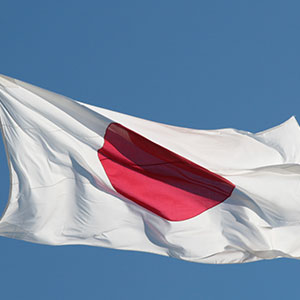Contact
Innovative Asia
Economies in the Asia-Pacific have experienced unprecedented growth in recent years, lifting millions of people out of poverty and promoting rising standards of living. The 21 Asia Pacific Economic Cooperation (APEC) economies now represent almost 60% of global GDP, while per capita incomes have risen by more than 75% over the past three decades. Such gains have been enabled by a number of factors, with APEC, ADB, and the World Bank noting in particular the vital contributions of efforts to reduce barriers to market access, streamline regulatory environments, and promote positive roles for trade and investment.
Yet by a number of measures, countries across Asia are struggling to advance further gains. As NBR has long noted, the extent to which a country invests in innovation can be a critical measure of its ability to bolster economic growth as well as address emerging societal and public health challenges. The IMF has also noted that building on domestic strengths and competitive advantages in healthcare R&D and innovation could support economic growth goals in countries across the Asia-Pacific. However, unlocking domestic potential for innovation and investments in public health will require dedicated leadership and commitment to addressing ongoing, systemic challenges.
With this in mind, “Innovative Asia” explores these issues and offers recommendations for how to strengthen innovation environments in Asia. In 2017–18, this initiative focuses on two countries—Japan and South Korea—and their efforts to develop sustainable healthcare systems that promote rising levels of public health and contribute to economic growth.
Featured

Strengthening the U.S.-ROK Alliance for Job Creation and Sustainable Development









